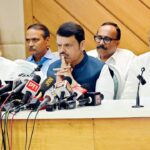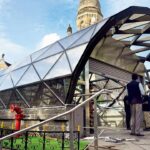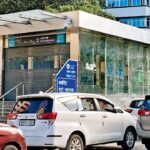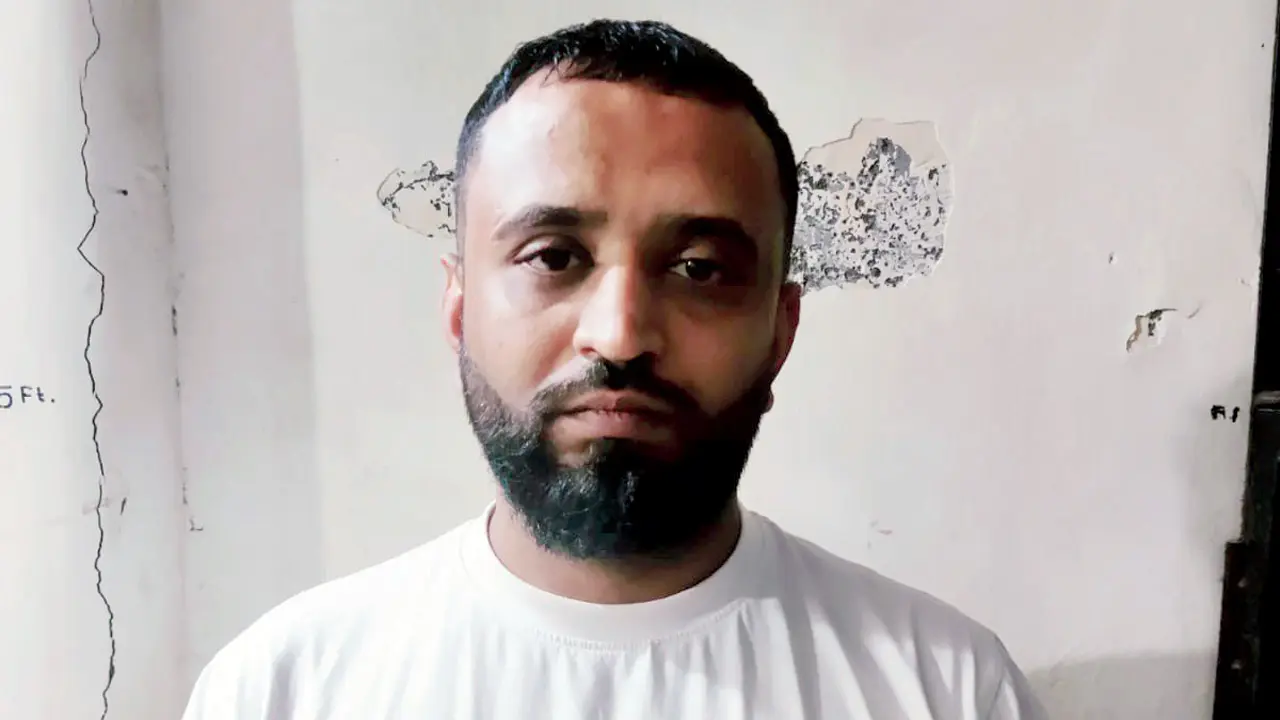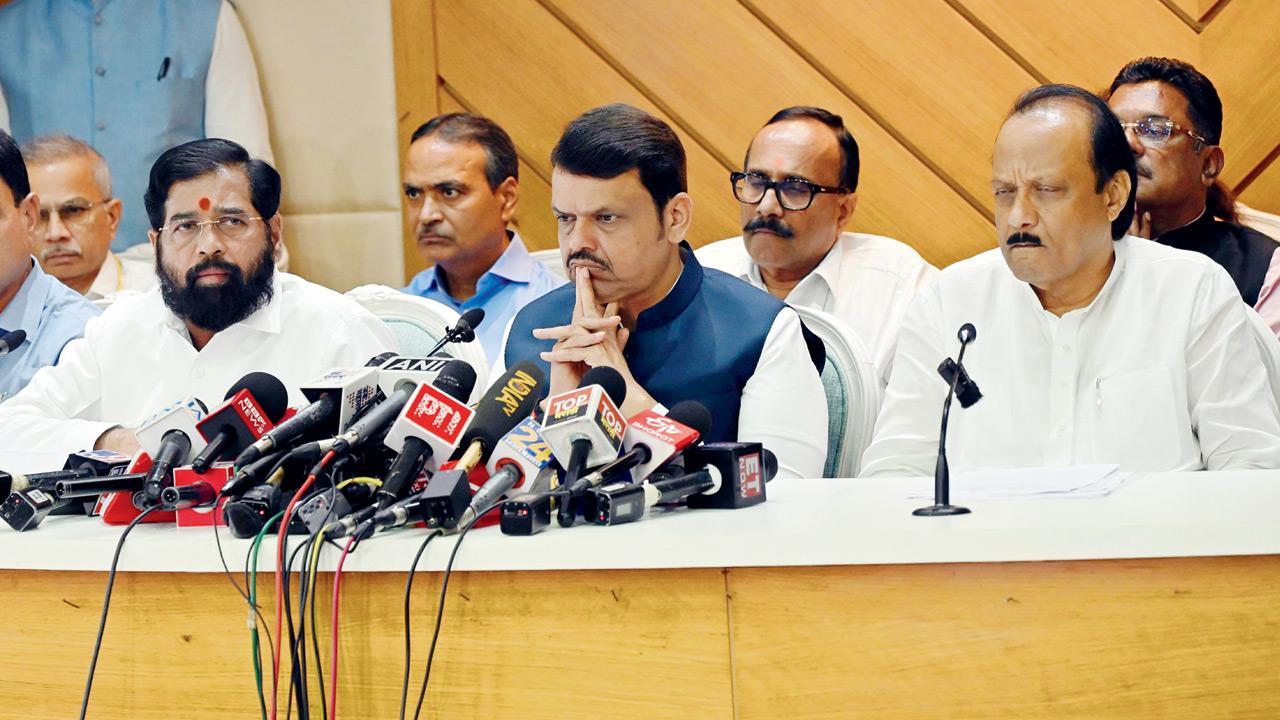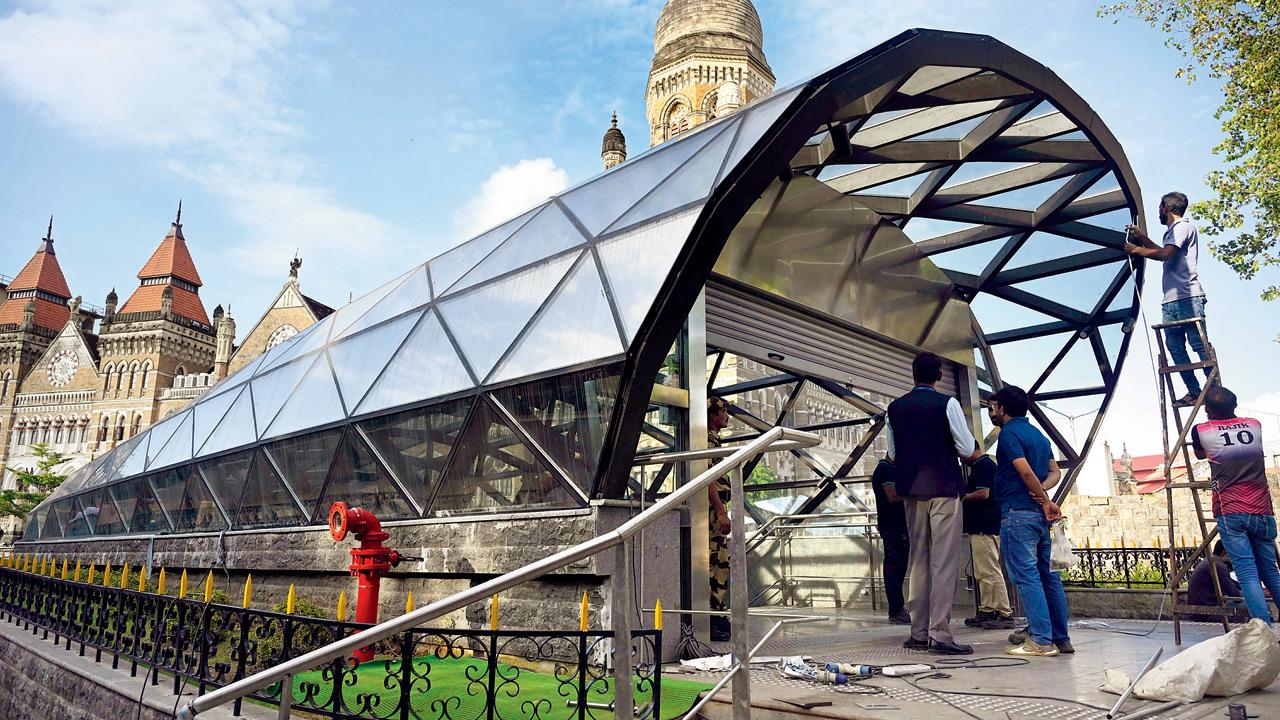With the Navi Mumbai International Airport (NMIA) edging closer to its long-awaited launch, the two municipal bodies — Navi Mumbai Municipal Corporation (NMMC) and Panvel Municipal Corporation (PMC) — have swung into action to ensure the city’s newest gateway to the skies doesn’t stumble on the ground. From deploying over 50 electric buses to cracking down on open meat markets that could attract birds, both civic bodies are pushing in parallel to get NMIA flight-ready.
NMMC Commissioner Kailas Shinde admitted that while the airport is technically located outside NMMC limits, Navi Mumbai will function as its “service backbone.” “Factually, the airport is just across our jurisdiction, but this is the most developed area and it will cater to all the services needed for NMIA,” Shinde told mid-day.
50+ bus services
Shinde said NMMC will provide more than 50 Navi Mumbai Municipal Transport (NMMT) electric buses dedicated to ferrying passengers and staff between the airport and the city. “We are in agreement talks with NMIA authorities. These buses will handle traffic until the Metro becomes operational. Apart from this, we are supplying treated water for non-potable use and working on road markings and directional signage,” he said.
Who will use which route?
The NMMC commissioner outlined how different parts of Mumbai will access the airport once operations begin: South Mumbai: via Mumbai Trans Harbour Link (MTHL). Central Mumbai & Eastern suburbs (Dadar, Chembur, Mankhurd): via Vashi creek and NMMC roads.
North Mumbai, Thane, Mira-Bhayandar: through Thane, using the Thane-Belapur Road (TBR), which is being upgraded into a signal-free corridor. “Until the multimodal corridor is completed in another 4–5 years, Thane-Belapur Road will remain the main spine for airport connectivity. We are upgrading it to handle that load,” Shinde said.
Palm Beach Road, one of Navi Mumbai’s most iconic stretches, is also being polished for smoother airport rides. “We are improving major arterial roads within our limits because eventually, all of them feed into the airport,” he added.
City upgrade
NMMC is also aligning its long-term development plan with the airport. Road widening, new water networks, redevelopment with higher FSI, and hospitality-linked infrastructure are being prioritised.
“Real estate, hotels, and service industries will automatically boom with NMIA. We are preparing our infrastructure to meet that surge,” Shinde said. PMC, on its part, is resurfacing roads, installing modern streetlights, and adding signage to guide passengers towards the airport.
Bird hazards
On the Panvel side, officials are focused on a very different but crucial risk — bird strikes. Additional Commissioner Ganesh Shete said, “As per aerodrome policy, open sale of mutton and fish attracts birds, which can endanger flights. We have already taken action against illegal slaughterhouses and open sales. We are keeping a strict vigil.”
Together, Navi Mumbai and Panvel are working in sync — one driving connectivity and buses, the other enforcing safety and signage. By the time NMIA opens its gates, both hope to have built not just roads and buses, but a support system ready to carry India’s newest airport sky-high.
Mamta Pandey, MSEDCL PRO, said, “Maharashtra State Electricity Distribution Company Limited (MSEDCL) is fully committed to meeting the power requirements of the Navi Mumbai International Airport project. For the construction phase, the initial sanctioned demand was 7 MVA (Mega Volt Ampere), which was recently enhanced by an additional 3 MVA at the developer’s request. We have ensured that the supply has been made available smoothly and without delays.”
“Technically, MSEDCL has the capacity to supply up to 20 MVA once the airport becomes operational, and if there is any further demand in the future, we are fully prepared to augment the supply accordingly. Our priority is to provide uninterrupted, high-quality electricity to such a critical infrastructure project, which will not only serve millions of passengers but also play a key role in the overall economic growth of Navi Mumbai and Maharashtra,” added Pandey.


